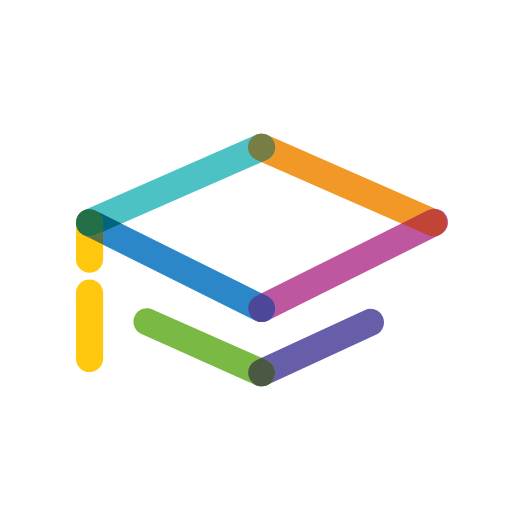
Rolling out an employee development program for your organization is a big initiative, and requires the support of your company influencers to be successful. These influencers are the top 3-5% of your organization who, despite being a small group, influence close to 40% of the morale and engagement of your total organization.
As digital learning and development professionals, it’s critical to understand why your learning program needs company influencers, how to identify and engage them, and how to measure success. We’ll explore all of these topics in our three-part series in partnership with Performica.
4 Methods to Measure Success
Enlisting the assistance of company influencers to help shape and roll out a learning program for your organization can boost its chances of success. As digital learning and development professionals, you’ll want to know how to measure that success–and your influencers can again help with that. In this final part of our three-part series, we’ll explore just that.
Now that you’ve identified and onboarded your company influencers, it’s time to measure the success of your learning program.
1. Ask influencers.
One way to measure success is by collecting feedback and data from these influencers. Ask them about their experience with the program, how it’s impacted their work and productivity – and if they would recommend it to others. This feedback can provide valuable insights into the program’s effectiveness and areas for improvement.
2. Engagement metrics.
Another way to measure success is by looking at the overall engagement and participation levels across the organization. With the company influencers on board, you should see a higher level of engagement and participation in the learning program. This can be measured through completion rates, attendance at training sessions, and feedback from managers on their team members’ development.
3. Business outcomes.
It’s also important to track any business outcomes that may have resulted from the learning program. This can include improvements in productivity, sales, customer satisfaction, and employee retention. By linking the learning program to tangible business outcomes, you can demonstrate the value of the program and justify future investments.
4. Employee career growth.
Lastly, don’t forget to track the impact on employee development and career growth. Are employees who participated in the learning program demonstrating new skills and competencies? Are they being promoted or taking on new responsibilities? These are important indicators of the learning program’s success in helping employees grow and develop their careers.
In summary, measuring the success of your learning program with company influencers is crucial to understanding its effectiveness and impact on the organization. By collecting feedback, tracking engagement levels, linking to business outcomes, and monitoring employee development, you can ensure that your learning program is achieving its goals and delivering value to the organization.
Recent Blogs
- Why School Fee Transparency Matters
- What You Need to Know About the ECCA: A New Federal Opportunity for School Choice
- Smart Strategies: Navigating Google’s School Review Changes
- SIS Hidden Gems: Get to Know Maintenance Manager
- FACTS School Management and Enquiry Tracker Partner to Simplify School Enrolments


